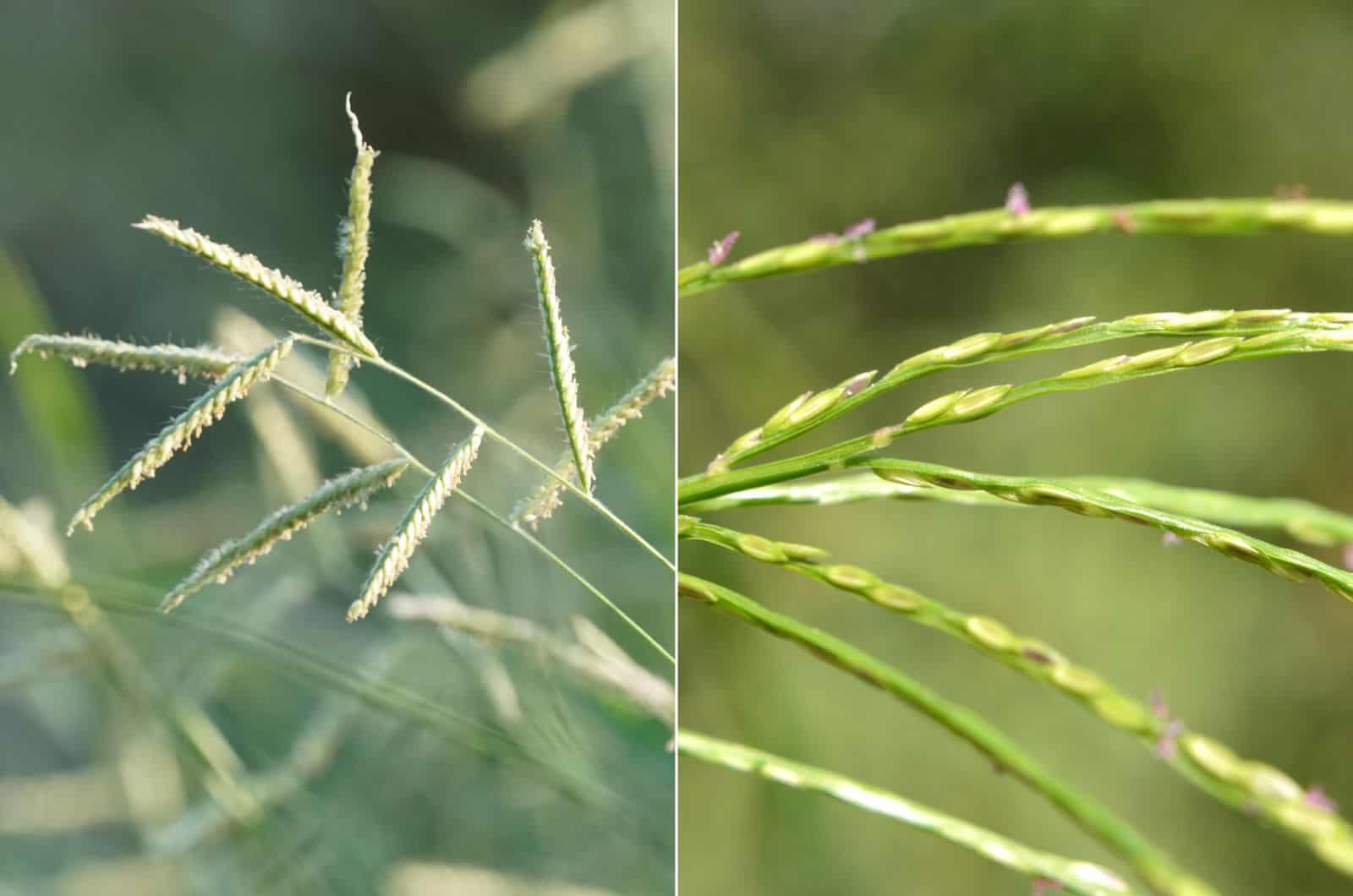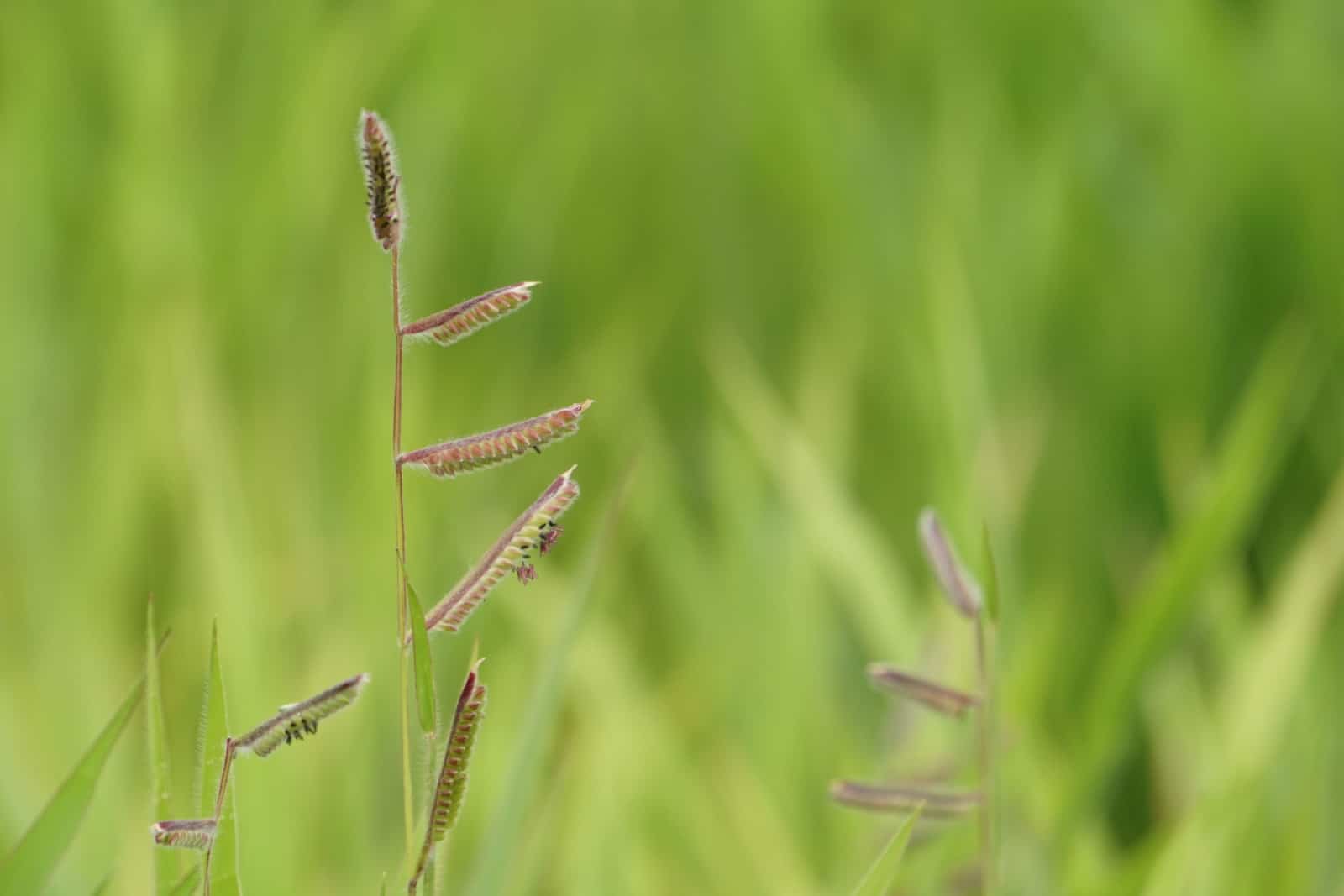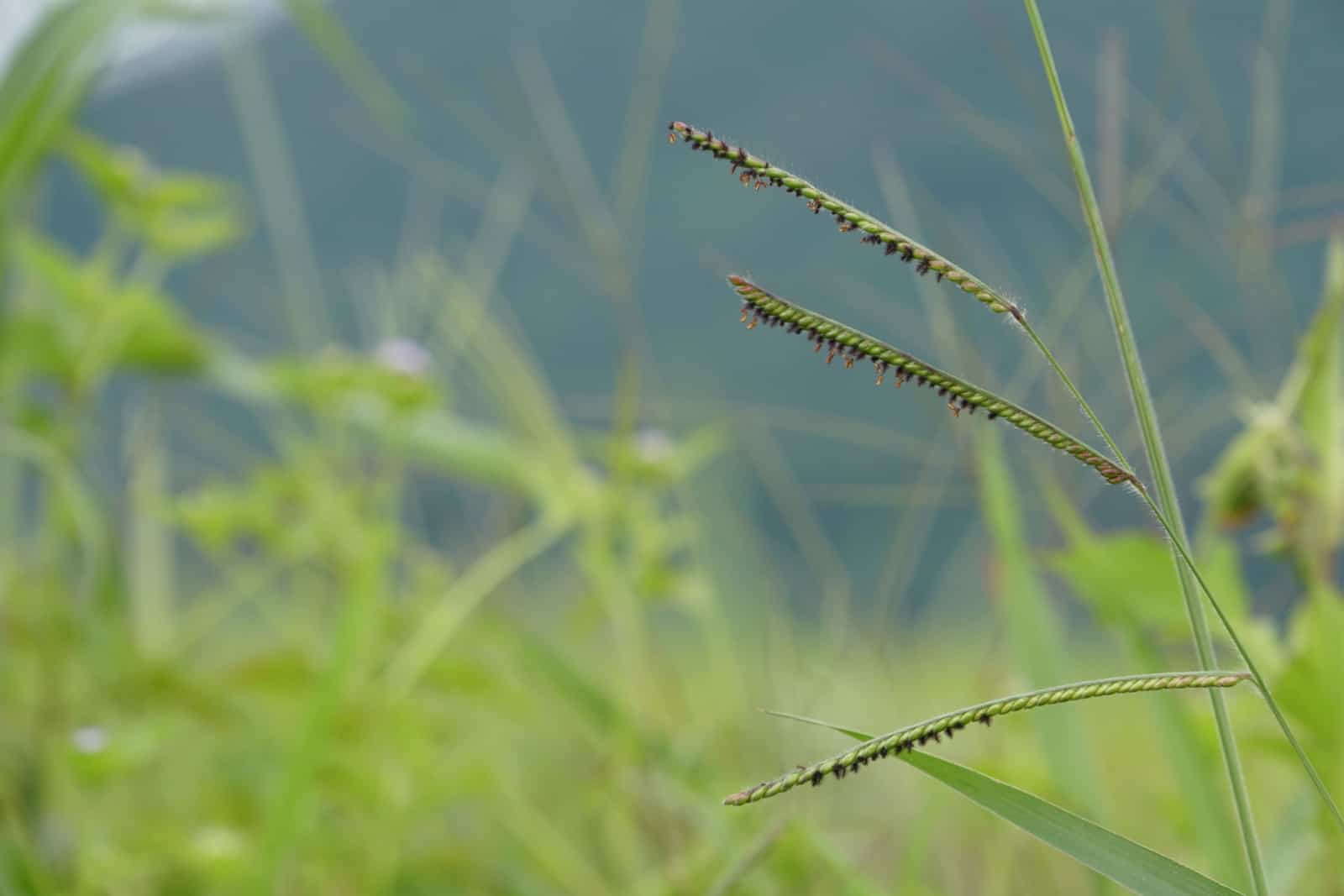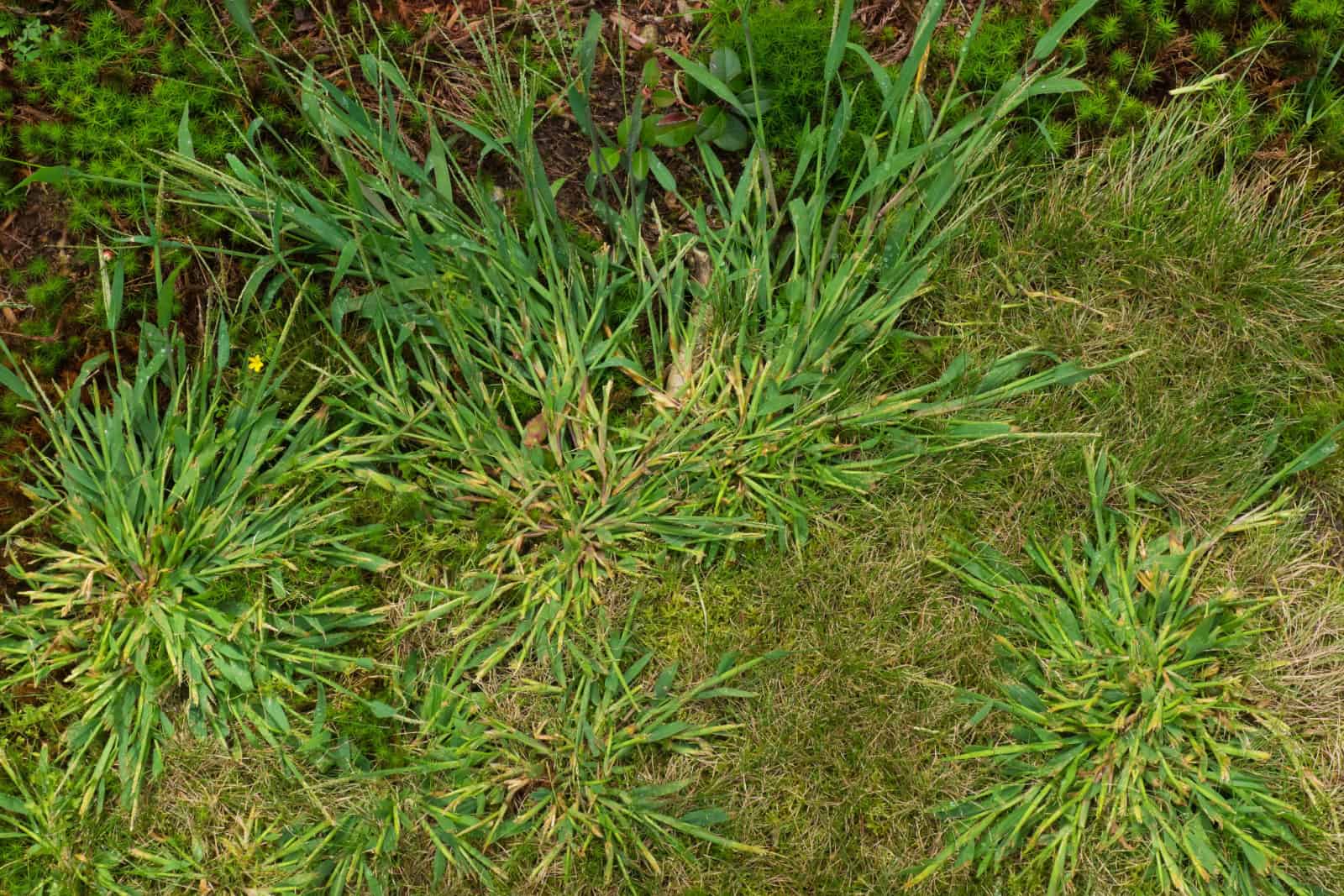Maintaining a healthy lawn can sometimes be troublesome. You will often have to deal with all sorts of weeds ruining your beautiful green lawn. The most common weeds include Dallisgrass and Crabgrass (also called Digitaria).
The trickiest part is differentiating between the two — and you must be able to do that because both grassy weeds need a specific herbicide in order to prevent their growth. You don’t want to spend tons of money on pre-emergent herbicides just to end up with the wrong one.
Read our thorough Dallisgrass Vs Crabgrass analysis so you can learn to identify them!
Dallisgrass Vs Crabgrass: The Key Differences
It is quite difficult to differentiate between these two types of weeds, especially when they are young. Once you know what you’re dealing with, it will make your job ten times easier!
Even though almost all types of grass weeds look pretty much identical, we can still look at specific details for their identification. These often include their growth habits, colors, texture, seed heads, and so on. For instance, seed heads are the key to crabgrass identification.
If you want a quick preview, check out the table below. Keep on reading for more details!
[table id=470 /]
Seed Heads
If you see clumps of weeds on the lawn, but you aren’t sure what type of weed it is, the first thing you need to do is examine the seed heads.
Dallisgrass seed heads are much larger compared to Crabgrass seed heads. They grow on the side of the stem and you might also see some small black spots on them.
However, Crabgrass seed heads are much smaller and they grow at the top of the stem. As soon as you spot lawn weeds, immediately check the seed heads.
Color & Texture
Another easy way that you can identify these two weeds is simply by looking at their color!
If they’re green with some blueish subtones, then you are probably dealing with Crabgrass. Dallisgrass has a somewhat lighter green color, which really differs when you compare them.
The blades of Crabgrass are between 1/4 to 1/3 of an inch thick, while the leaf blades of Dallisgrass are a lot stiffer and sharper, which is also something that you can look at.
Growth Habit
If you notice solid and circular clumps of weeds with coarse textures that spread from thick rhizomes, then you most likely have Dallisgrass in your garden. They can cause people to trip because of their stiff structures!
Surprisingly, this weed is sometimes purposely grown, especially on some ranches. However, homeowners usually go with different options, such as St. Augustine, Zoysia, or Bermuda grass.
Dallisgrass is also a perennial grass, which means that it comes back every growing season using the same root system for growth and development. This is also one of the key differences.
Even though both grassy weeds grow rather quickly, it seems that Dallisgrass is quicker and grows a lot faster, which means that you will probably be mowing your lawn regularly (that is, if you don’t get rid of all of it).
When it comes to the growth of Crabgrass, it grows outwards in more of a star-shaped manner. As it expands, crabgrass spreads by fresh grass shoots that emerge slightly outside of the clump’s center. It forms a thick mat and a lot of side branches as it grows.
What’s also interesting is that Crabgrass is an annual weed, which means that it will die off during one season and then its seeds will germinate, so the weed will come back again in the spring and summer months.
Weed Height
The last part of our Dallisgrass vs. Crabgrass analysis is weed height. You can look at their height and immediately tell the difference.
Crabgrass likes to lay low and stay on the ground, while Dallisgrass grows more upright and is a lot taller.
There you have it!
Look at the colors, texture, height, and growing patterns to be able to differentiate between numerous weed types. Now, we are going to talk about how to control their growth and prevent them from coming back to your lawn.
How To Control Dallisgrass & Crabgrass Growth
Weeds are definitely near the top of the unwanted list when it comes to lawn care. You will have to do everything in your power to prevent their growth. Proper lawn care will most likely keep these weeds at bay, but there are some things that you could be doing that might attract these annoyances.
For instance, if you excessively use nitrogenous fertilizers for fertilization, you are most likely going to end up with Dallisgrass all over your lawn as they grow rapidly under it.
Regular mowing also helps with keeping your lawn happy and healthy, and most importantly, weed-free, but you should check if the mower blades are nice and clean before mowing the lawn.
However, if you do have serious weed issues, then applying weed killer or selective herbicide is a must!
Some of the products that can control both weeds include:
• Tenacity turf herbicide — be very careful with this herbicide because it is strong and might kill all your grasses if you don’t use it properly.
• Quinclorac — this weed preventer is effective, even though there are a lot of negative reviews (possibly user error).
• Sulfonylurea herbicide — this herbicide is used as weed control for Dallisgrass, though there have been some cases where it suppressed Crabgrass as well.
Additionally, you could use some pre-emergent herbicides early in the season to prevent Crabgrass seeds from germinating and growing. Unfortunately, these don’t work for Dallisgrass.
If the Crabgrass still keeps on growing, you can try using some post-emergent herbicides.
If you decide to hand-pick these weeds, make sure that you get rid of the Dallisgrass roots as well because they will just keep on growing and producing new weeds. Selective herbicides should be applied twice to prevent Dallisgrass growth, otherwise it will only keep getting worse.
Frequently Asked Questions
1. What is Dallisgrass and how do you get rid of it?
Dallisgrass is a type of grassy weed that keeps coming back each year because it is a perennial. It has a light green color and grows upright in a clump-like manner. To get rid of it, you can use two applications of selective herbs, and you can also use Tenacity turf herbicide, Sulfonylurea herbicide, and Quinclorac.
If you decide to remove it by hand, make sure to get rid of its roots as well.
2. What is Crabgrass?
Crabgrass is a type of weed that grows annually, meaning that its seeds will germinate every growing season and keep on growing. It stays on the ground and grows in a star-shaped manner. Crabgrass can be identified by its unique green color with bluish undertones.
To Sum Up
After our thorough Dallisgrass vs Crabgrass analysis, I really hope that you are able to differentiate between the two. Identifying what weed type you have on your lawn is really important, especially for weed control.
If you don’t use the right preventer properly, you might end up destroying your lawn completely!
When using pre-emergent herbicides, make sure to follow the instructions because it might be the reason your grass seeds are not germinating.
That’s it, folks, I hope this article was helpful.
Until next time!
Like this post? Share or pin it for later!





